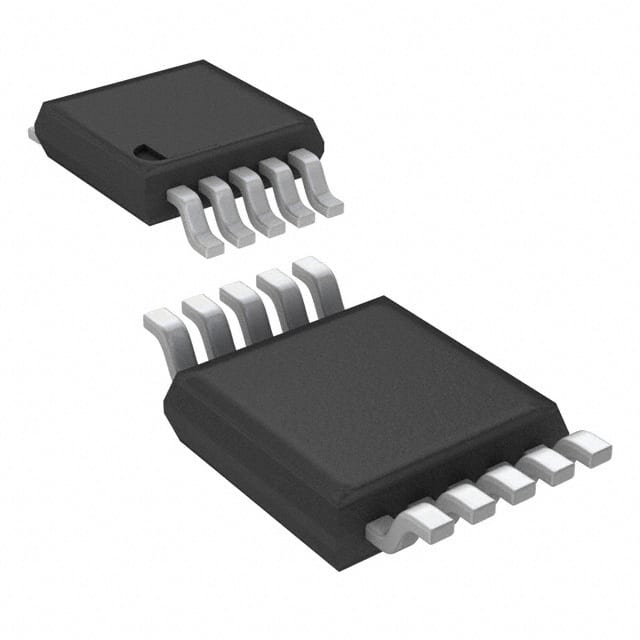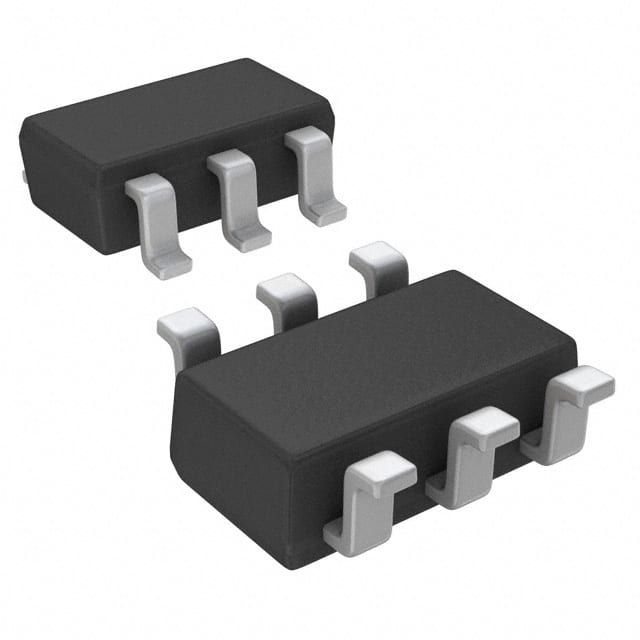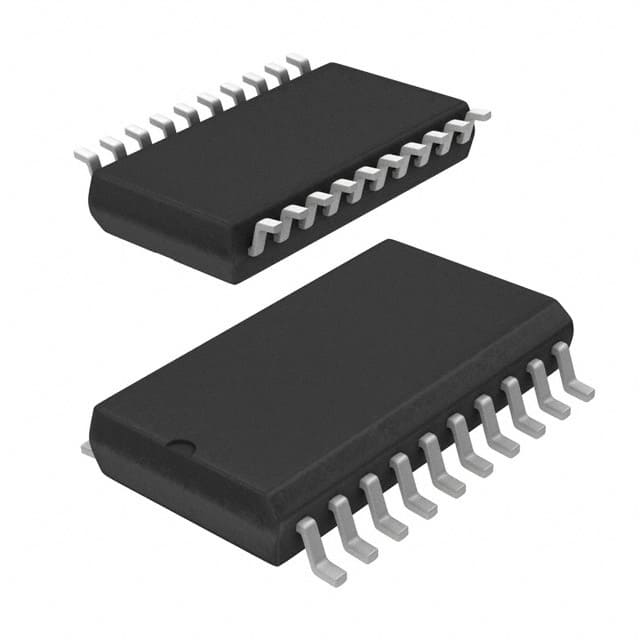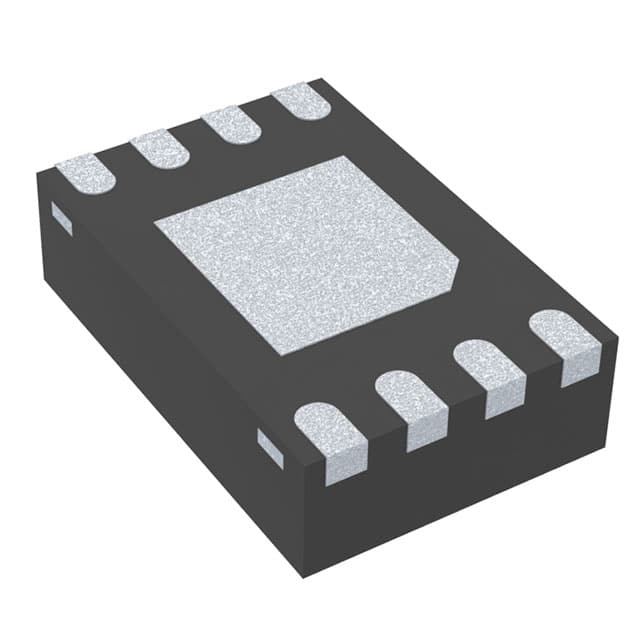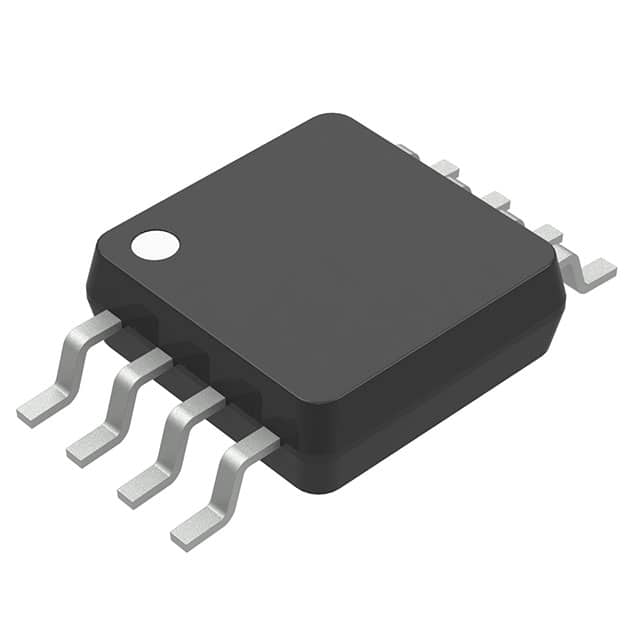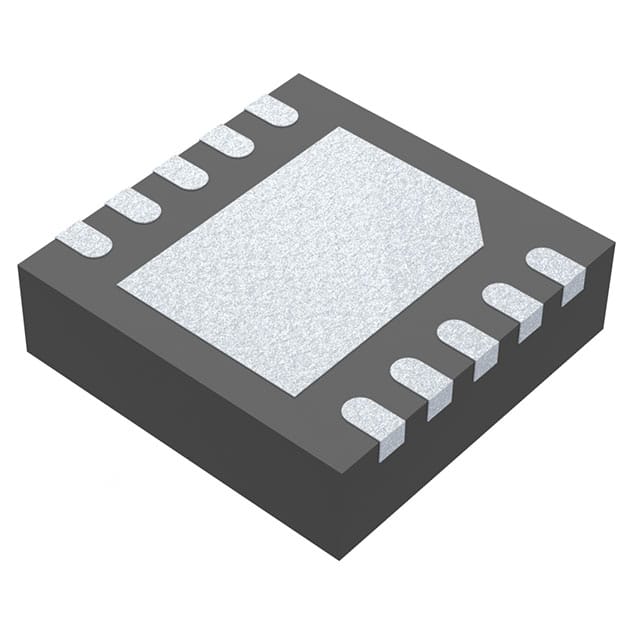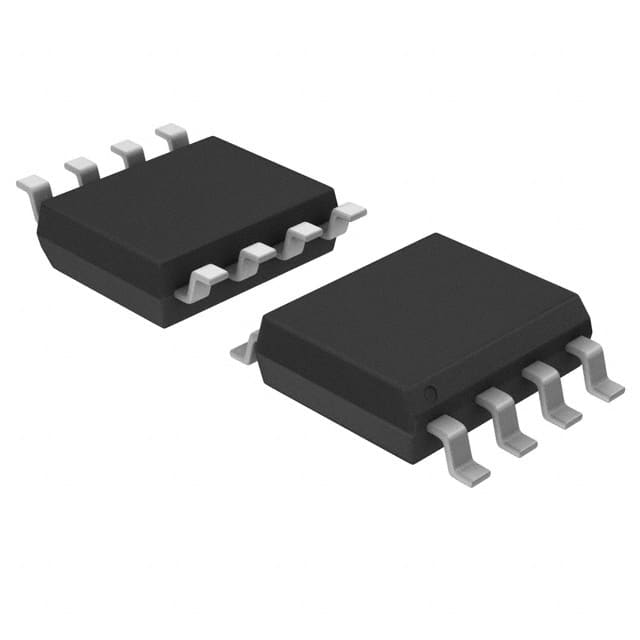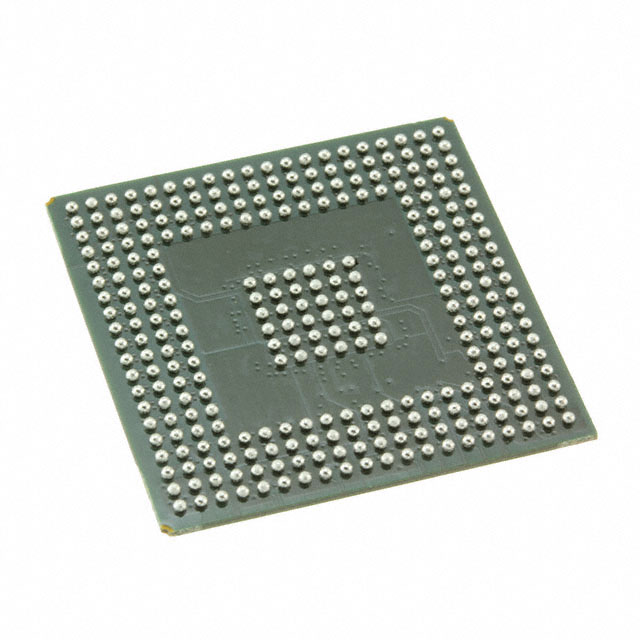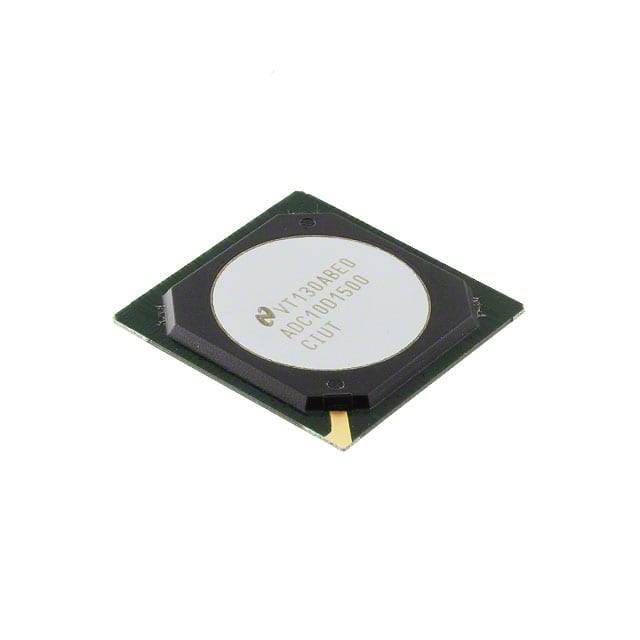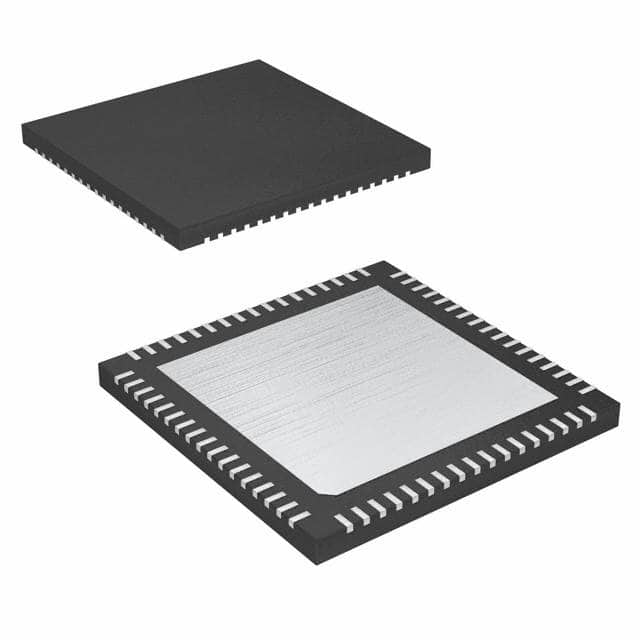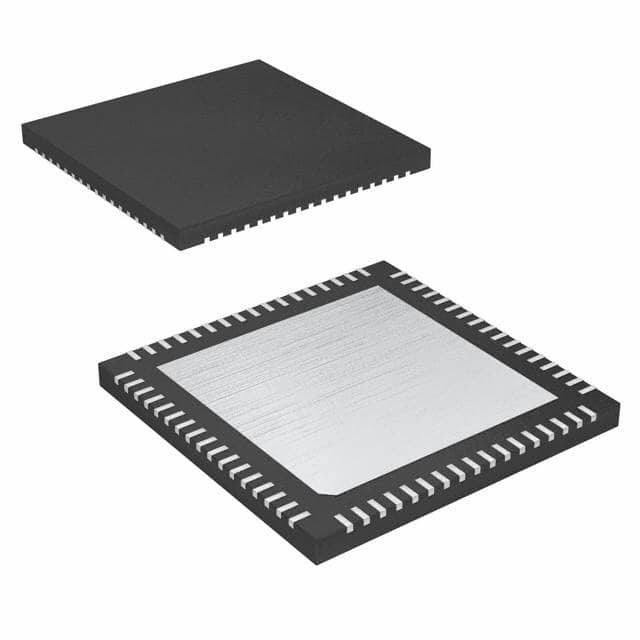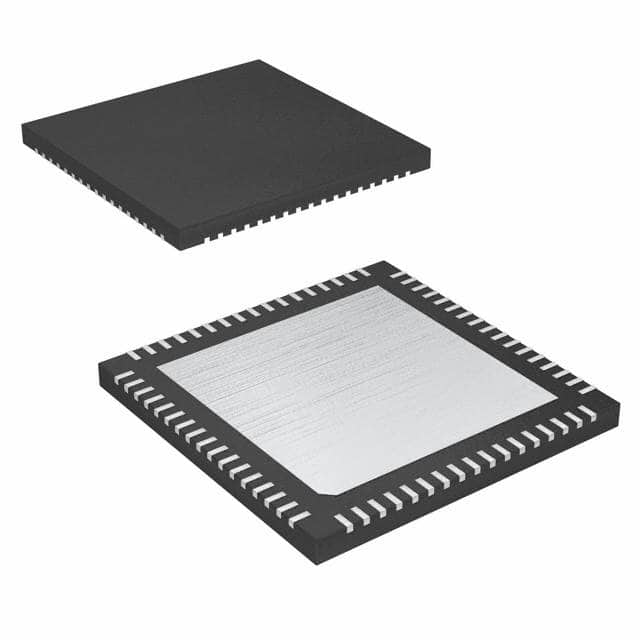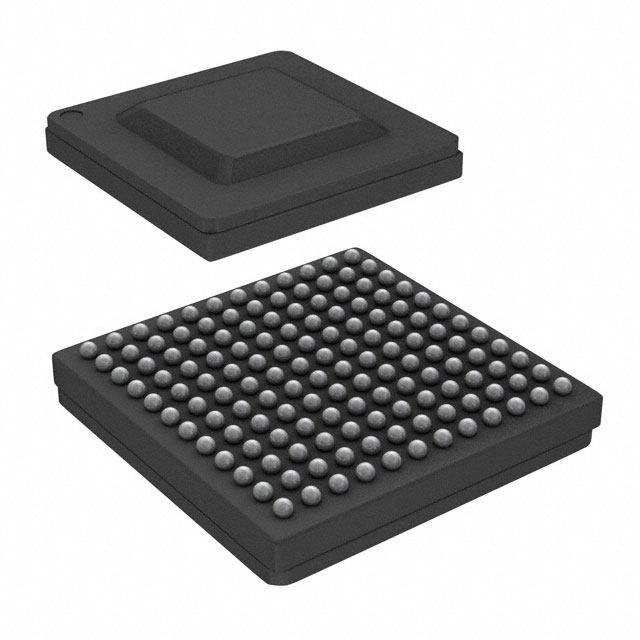ADC141S626CIMM/NOPB Product Introduction:
Texas Instruments Part Number ADC141S626CIMM/NOPB(Data Acquisition - Analog to Digital Converters (ADC)), developed and manufactured by Texas Instruments, distributed globally by Jinftry. We distribute various electronic components from world-renowned brands and provide one-stop services, making us a trusted global electronic component distributor.
ADC141S626CIMM/NOPB is one of the part numbers distributed by Jinftry, and you can learn about its specifications/configurations, package/case, Datasheet, and other information here. Electronic components are affected by supply and demand, and prices fluctuate frequently. If you have a demand, please do not hesitate to send us an RFQ or email us immediately sales@jinftry.com Please inquire about the real-time unit price, Data Code, Lead time, payment terms, and any other information you would like to know. We will do our best to provide you with a quotation and reply as soon as possible.
Introducing the Texas Instruments ADC141S626CIMM/NOPB, a high-performance analog-to-digital converter designed to meet the demanding requirements of various applications. With its exceptional features and versatility, this product is set to revolutionize the field of data acquisition.
The ADC141S626CIMM/NOPB boasts a 14-bit resolution, ensuring accurate and precise conversion of analog signals into digital data. Its impressive sampling rate of 1.5 mega-samples per second allows for real-time data acquisition, making it ideal for applications that require fast and reliable measurements.
Equipped with a wide input voltage range of 0 to 5 volts, this ADC can handle a diverse range of analog signals, making it suitable for a wide range of applications. Its low power consumption and small form factor make it perfect for portable devices and battery-powered applications.
The ADC141S626CIMM/NOPB also features a flexible serial interface, enabling seamless integration with microcontrollers and other digital systems. Its high-speed serial interface allows for efficient data transfer, reducing latency and improving overall system performance.
This versatile ADC finds applications in various fields, including industrial automation, medical devices, telecommunications, and scientific research. Whether you need precise measurements in a laboratory setting or real-time data acquisition in an industrial environment, the ADC141S626CIMM/NOPB is the perfect solution.
In conclusion, the Texas Instruments ADC141S626CIMM/NOPB is a high-performance analog-to-digital converter that offers exceptional features and versatility. With its impressive resolution, sampling rate, and wide input voltage range, this product is set to revolutionize data acquisition in various application fields.
Analog to digital Converters (ADCs) are electronic devices used to convert continuously varying Analog signals into discrete Digital signals. This process usually includes three steps: sampling, quantization and coding. Sampling means capturing the instantaneous value of an analog signal at a fixed frequency; Quantization approximates these transient values to the nearest discrete level; Finally, the encoding converts the quantized value into binary numeric form.
Application
ADCs(Analog-to-digital Converters) is widely used in a variety of scenarios, such as audio and video recording, measuring instruments, wireless communications, medical devices, and automotive electronics. For example, in audio devices, the ADC is responsible for converting the sound signal captured by the microphone into a digital format for easy storage and transmission.
FAQ about Data Acquisition - Analog to Digital Converters (ADC)
-
1. What process converts analog to digital?
There are three basic processes for analog to digital conversion:
The first process is "sampling", which is to extract the sample value of the analog signal at equal intervals to turn the continuous signal into a discrete signal.
The second process is called "quantization", which is to convert the extracted sample value into the closest digital value to represent the size of the extracted sample value.
The third process is "encoding", which is to represent the quantized value with a set of binary digits. After these three processes, the digitization of the analog signal can be completed. This method is called "pulse encoding".
After the digital signal is transmitted to the receiving end, a restoration process is required, that is, the received digital signal is converted back to an analog signal so that it can be understood by the receiver. This process is called "digital-to-analog conversion", which reproduces it as sound or image.
-
2. What is the principle of analog-to-digital converters?
The working principle of the analog-to-digital converter (ADC) is to convert analog signals into digital signals through four processes: sampling, holding, quantization, and encoding.
The main components of the analog-to-digital converter include samplers and quantizers, which work together to convert continuous analog signals into discrete digital signals. This process requires a reference analog quantity as a standard, and the maximum convertible signal size is usually used as the reference standard. The basic principles of the analog-to-digital converter can be summarized as follows:
Sampling: The analog-to-digital converter first samples the input analog signal through a sampling circuit, that is, discretizes the analog signal on the time axis.
Holding: The sampled signal is held by the holding circuit for the next quantization and encoding process.
Quantization: The quantization process is to divide the amplitude of the sampled and held analog signal into a finite number of le
-
3. What is the difference between ADC and DAC?
The main difference between ADC and DAC is that they process different types of signals and conversion directions.
The main function of an ADC (analog-to-digital converter) is to convert analog signals into digital signals. This process involves sampling, quantization, and encoding, where sampling is the periodic measurement of the value of an analog signal at a certain sampling rate, quantization is the conversion of the sampled continuous values into a finite number of discrete levels, and encoding is the conversion of the quantized discrete levels into binary code. The output of the ADC is a digital signal that can be processed and stored by a computer or other digital circuit for various applications such as digital signal processing, data logging, and communications. Common applications in life include microphones, digital thermometers, digital cameras, etc., which convert the actual perceived analog information into digital signals for further processing and analysis12.
DAC (
 Lead free / RoHS Compliant
Lead free / RoHS Compliant



